Where the Crawdads Sing: A Film Adaptation Done Right?
Not long after finishing the novel, “Where the Crawdads Sing,” I saw the trailer for the movie adaptation being advertised. It looked good, but I immediately grew wary if it would live up to the glory of the book or taint it with its mediocrity. The novel is one of the few modern gems of today’s writing, so naturally a film adaptation was never out of the question. The question was: Would the film do the novel justice or serve as yet another adaptation audiences could have been spared from wasting two hours of their lives on? After viewing the film in a theater packed with teenagers and grandparents alike, I can confirm it did neither.
While doing an admirable job on the setting, the casting choices were weak. Although “Normal People” star Daisy Edgar-Jones is undoubtedly a gifted actor, she was not the exotic Kya I had envisioned in the book. But it wasn’t something as trivial as Jones’ appearance that didn’t win me over on her performance of Kya. It was the lack of emotion she portrayed. For instance, in the scene where she learns of her mother’s death, her reaction is so passive you almost wonder if she had any affection towards her at all. In the novel Kya collapses to her knees in anguish of never having been able to say goodbye, whereas in the film, Jones merely contorts her face into what appears to be discomfort. She was either angry or afraid; there was no portrayal of her inner child who the readers grow so attached to in the novel. Kya was forced to take care of herself from a young age after her family abandoned her. However, her seclusion from the world also led to a prolonged sense of child-like innocence. It was something she never grew out of because it became part of who she was. Film adapter Olivia Newman stated in an interview, “When I read the book and thought about the movie version of the book, I wanted to make sure that I captured the emotional experience that the book takes you on more than anything.” Although the movie did a good job at capturing the vibe of the book, it did not capture its essence which was, in fact, the emotional experience. I remember having to place the book down during the courtroom scenes due to my sweaty palms. Maybe that anxiety was gone during the film because I knew how it would end. Or maybe it was because there was no palpable emotion I could sense from the actors in the scene. Newman further stated, “I think what’s the biggest difference between the movie and the book is … I really wanted as much as possible for us to be in Kya’s point of view … I didn’t want to leave her.” Unfortunately this was not the biggest difference between the film and novel.
There was an innocence about Kya in the novel that felt lost in Jones. It wasn’t that she was ever too weak to defend herself; Kya was a strong, independent woman. However, there was a softness to Kya in the book which made every reader want to hug and comfort her. This quality of Kya’s is what drove the emotion of the entire novel.
On a more positive note, I must admit the film did a beautiful job capturing Kya’s intimate relationship with the environment that essentially raised her. Thankfully all the beauty of the book was not entirely lost in the film adaptation. And although I do not share such ardent views on the film as the man who sat near me at a restaurant one night (he almost choked on his meal while praising the cinematography), I do not believe it will taint the startling beauty of the book. In the end, I believe both the novel and adaptation say to the audience: There is a harshness to surviving, but an incredible beauty to the art of it as well.

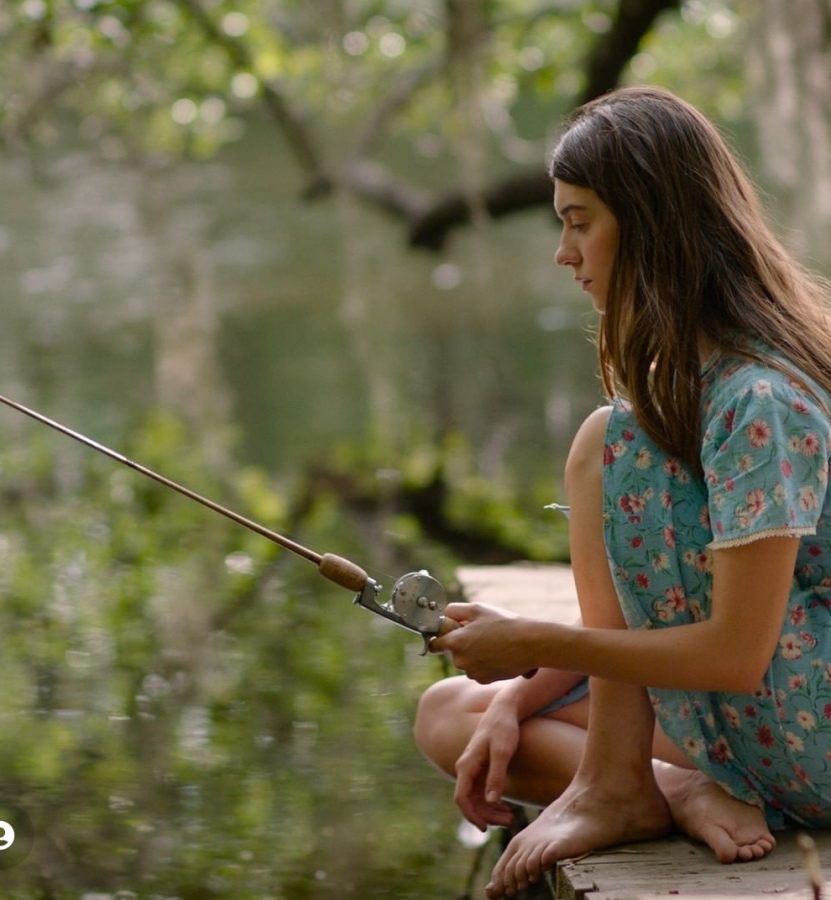



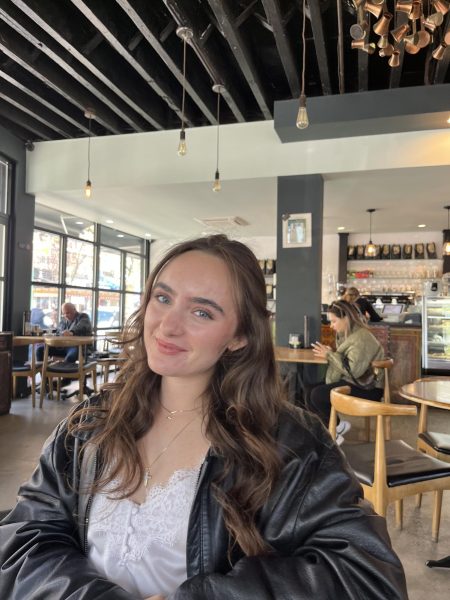


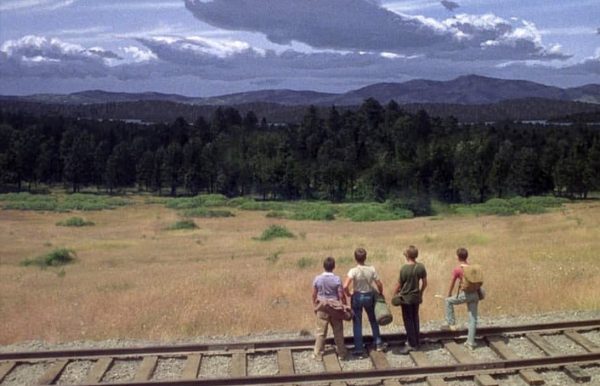
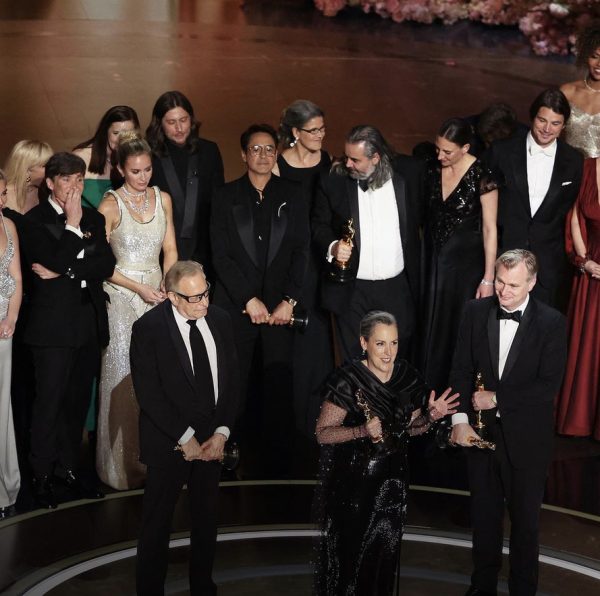

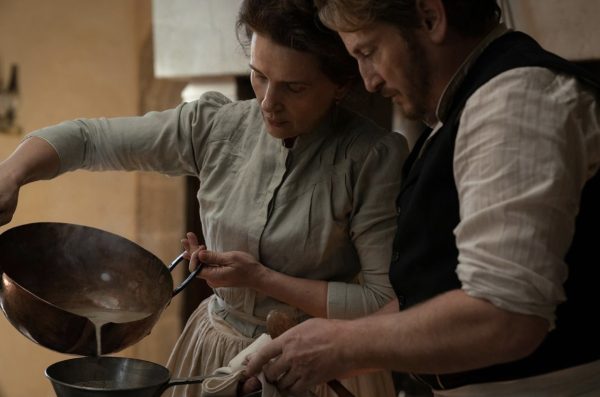
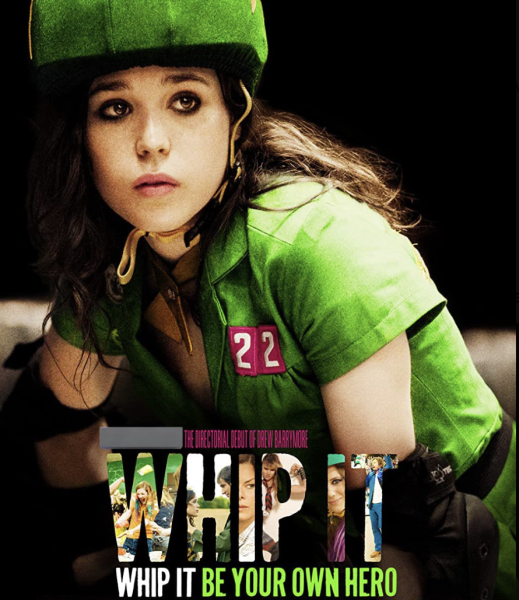


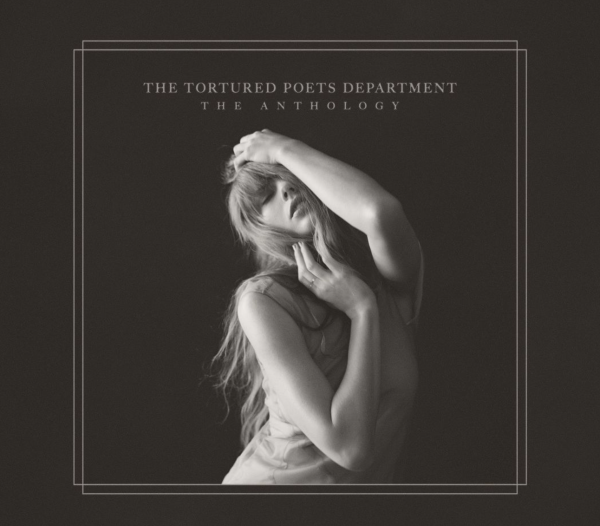

David Frook • Dec 3, 2022 at 12:34 am
I read several reviews of the film and found this to be the genuine and accurate. I loved the book, but loathed the movie. The book was full of emotion. The movie was sadly a “Hallmark” adaptation in screenwriting, set design, lack of character development, and acting.